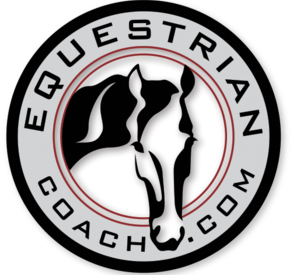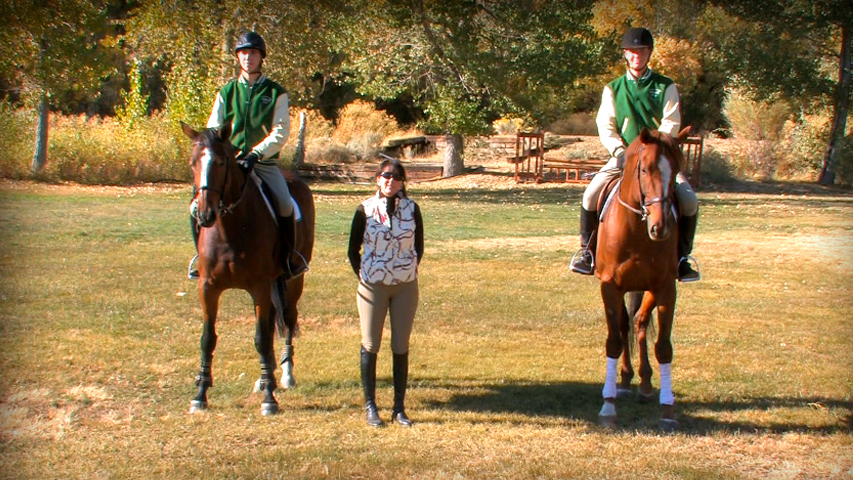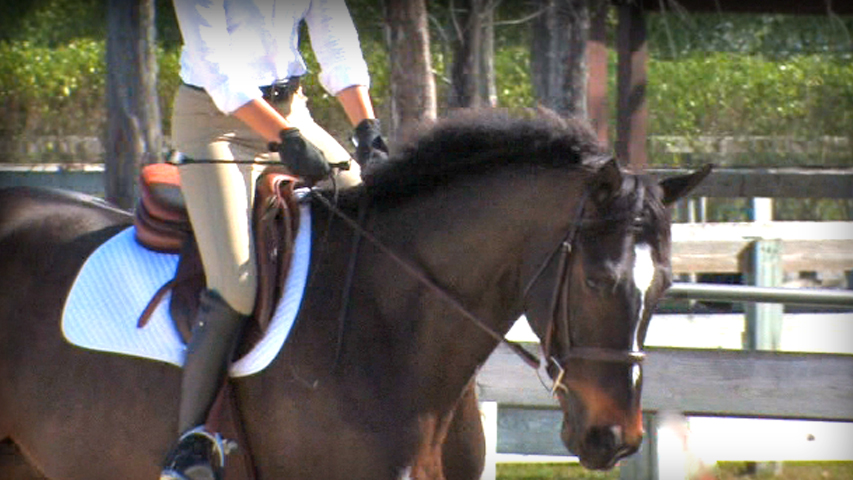Julie Winkel
- 28 Dec, 2017
- 0 Comments
- 3 Mins Read
Why Do Horses Lean, Pull, and Root?
Submitted by member: Bev
Do you have any exercises or tips on how to get a horse to stop leaning, pulling, and rooting?
Answer by Julie Winkel
Whenever there is an issue with a horse’s training, we must always look for the root of the problem: ourselves. Horses develop bad habits due to miscommunication from the rider. Whether the horse came with the problem, or developed the problem once you bought him, it’s still a human-caused problem.
It takes two to pull, so if your horse is leaning on you, let go. Horses like contact but not a death grip. When a horse reacts correctly to the rider’s aids, the aids must relax. This release of pressure is an indication to the horse that he responded correctly. If he doesn’t respond correctly, the pressure needs to become stronger and stronger until the horse reacts. If the pressure is constant instead of increasing, the aids become DULL to the horse and he learns to lean. Horses lean into pressure. A frustrated horse learns to root the reins out of the rider’s hands because there is no softening of the contact when the horse responds correctly. Once a horse learns to root, the rider should reply with a sharp tug of the rein to correct him. THEN RELAX THE REIN.
Horse’s hate to be pulled on. But the leg helps to keep a horse balanced and engaged, thereby lightening the front end, and creating a better balance. So don’t forget to use your legs as well.
Lots of transitions up and down are good exercises for you to practice your timing. When asking a horse to do something, it’s always in this order: ALLOW-ASK-TELL-DEMAND. Never skip a step and stop asking (that’s a reward) as soon as the horse responds. Horses are creatures of habit and learn quickly if you always ask in this order and always stop asking when they give you the right answer.
Horses just want us to be fair. So be clear, reward when they do it correctly and you will create a happy, successful partnership with your horse 😀
Video Recommendations:
The “Nip Up” – A Half-Halt Technique for Your Horse
Bernie Traurig
In this free video tip, Bernie Traurig teaches us a very handy tool all equestrians should have in their riding toolbox. One of his versions of a half-halt that is simple to do, he calls a “nip up.” This can be used in many instances, especially on a horse that is too low in its carriage or is too heavy on the forehand. Bernie demonstrates how to use this technique properly and effectively without hanging on the horse’s mouth. Ultimately, this should be an invisible and soft correction that you should only use when absolutely necessary so it remains meaningful. This technique can also be found in the books by Vladimir Littauer (Commonsense Horsemanship) and Gordon Wright (Horsemanship & Horsemastership) where it is defined as a Half-Halt.
Running Time: 2 minutes and 49 seconds
Application Of Aids
Julie Winkel
Julie Winkel talks about the system she teaches for applying aids that produces seamless transitions and invisible, harmonious communication between rider & horse.
Running Time: 17 minutes and 37 seconds
Developing Feeling In Your Arms And Hands
Val Renihan
In this topic Val Renihan shows us the exercises she uses with her students to encourage arms & hands that are flexible, shock-absorbers that follow the horse’s mouth during connection, maintain proper position and are sensitive – in a word, “Feeling.”
Running Time: 9 minutes and 26 seconds
Have Something You Want to Ask Our Panel of Experts?
Ask The Experts is the ultimate way to get help from the top professionals in the equestrian industry without leaving the comfort of your home. This service is available to Monthly, Annual and Lifetime Members of EquestrianCoach.com.




